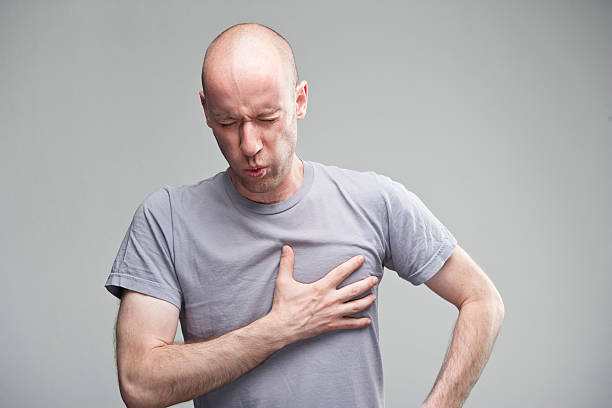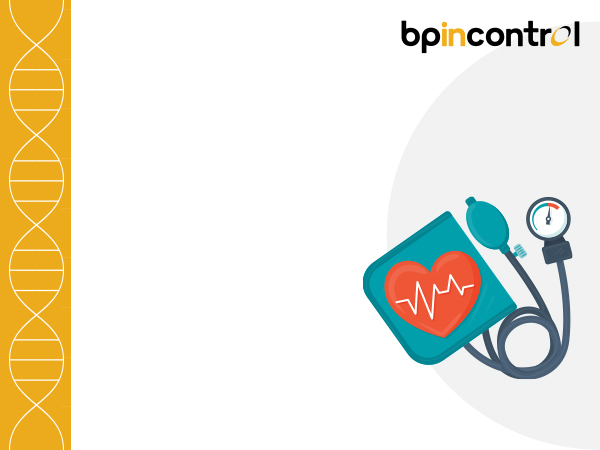Arteriosclerosis / atherosclerosis – Meaning, Symptoms and causes

Table of Contents
Arteriosclerosis and atherosclerosis, although frequently used interchangeably, represent remarkable vascular conditions. Specifically, atherosclerosis consists of the buildup of fatty deposits inside arteries, resulting in the improvement of arterial plaque. This continual disease poses sizable health risks whilst left unaddressed. Atherosclerosis, marked using the sluggish narrowing and hardening of arteries, stems from the slow buildup of cholesterol, fat, and different substances on arterial walls. Over time, this technique can hinder blood flow, potentially leading to serious complications including heart attacks or strokes. Understanding the nature of atherosclerosis is critical for accurate prognosis and centered intervention.
Atherosclerosis is only one of several arterial changes included by the term arteriosclerosis. Arteriosclerosis encompasses a greater variety of vascular adjustments than atherosclerosis, however the latter is immediately related to plaque development. For early evaluation and remedy, it’s miles essential to be aware of the signs of atherosclerosis, which encompass fatigue, trouble respiration, and chest soreness.
Arteriosclerosis Symptoms
Understanding arteriosclerosis symptoms is important for early intervention and proactive control of this vascular state of affairs. Recognizing unusual signs and symptoms empowers people to take care of their health, facilitating nicely timed clinical interest and lowering the chance of complications.
Chest pain:
Chest pain, frequently described as angina, stands proud as a distinguished symptom of arteriosclerosis. This ache arises because confined blood goes along with the drift to the coronary heart muscle. Regular or persistent chest pain should make the situation worse and lead to an immediate medical exam to check for and treat any potential circulatory problems.
Shortness of breath:
Shortness of breath is any other giant indicator related to arteriosclerosis. The situation can cause decreased oxygen supply to vital organs, inflicting breathlessness. Individuals experiencing unexplained shortness of breath, mainly throughout routine sports, should continue to be vigilant and directly seek advice from a healthcare expert for a thorough assessment.
Chronic fatigue:
Chronic fatigue serves as an essential red flag for possible arteriosclerosis. The impaired shipping of oxygen and vitamins to tissues and organs because of decreased blood flow contributes to chronic tiredness. Recognizing fatigue as a potential symptom is essential for well-timed analysis and intervention, as it may suggest underlying vascular troubles that require scientific attention.
Being attuned to chest pain, shortness of breath, and chronic fatigue as potential arteriosclerosis symptoms is paramount. Taking these symptoms and signs seriously and searching out a set of medical hobbies can cause early intervention, allowing effective control and minimizing the chance of headaches related to this vascular scenario.
Arteriosclerosis Causes
Numerous causes contribute to atherosclerosis, a condition in which the walls of blood vessels thicken and stiffen. If we want to promote cardiovascular health and take preventative actions against arteriosclerosis, we must first understand what causes it.
Lifestyle Choices:
A bad diet and a routine of not moving around much are two major causes of arteriosclerosis. The physical state of being inactive and the intake of food rich in saturated fat contribute to the buildup of plaque in arteries, major to the narrowing of blood vessels. Adopting a greater active way of life and making nutritional picks that sell heart fitness are pivotal in mitigating the risks.
Genetic Predisposition:
A person’s genes can appreciably impact their susceptibility to arteriosclerosis. Familial records of cardiovascular situations may also increase the hazard of growing this case. Genetic predisposition underscores the importance of everyday health test-ups, permitting early detection and intervention for those at better risk.
Age as a Factor:
Advancing age is a natural factor contributing to arteriosclerosis. As people age, the arteries emerge as a lot much less bendy, making them extra at risk of hardening. While age is a non-modifiable thing, attention to its impact activates people and healthcare carriers to place into effect preventive techniques early on.
Initiatives that incorporate regular exercise, a heart-wolesome healthy eating plan, and routine health screenings may be instrumental in mitigating the effect of those contributing elements. By addressing the manner of existence picks, considering genetic predisposition, and spotting the effect of age, human beings can take care of their cardiovascular well-being.
When to See a Doctor
When going through arteriosclerosis signs and symptoms and symptoms, the importance of setting off a scientific session can not be overstated. Recognizing the symptoms and signs early is step one in the route of effective control and the prevention of potential headaches. Arteriosclerosis, marked via the hardening and thickening of arteries, manifests through symptoms along with chest ache, shortness of breath, and fatigue. Individuals experiencing those indicators need to now not hesitate to try to find expert advice.
Early diagnosis is a key element in the management of arteriosclerosis. Timely intervention permits healthcare professionals to put into effect appropriate treatment strategies, in all likelihood slowing down the development of the situation and mitigating its impact on cardiovascular fitness. Seeking scientific interest proper away is in particular crucial given the persistent nature of arteriosclerosis, as delayed intervention may also result in more severe headaches.
Knowing whilst to are looking for recommendations from a health practitioner is pivotal for maintaining ordinary cardiovascular fitness. If there is any suspicion of arteriosclerosis symptoms or if there may be a history of associated situations, individuals need to prioritize scheduling a medical evaluation.
Take charge of your cardiovascular health with BP in Control’s online portal. Discover expert physicians through our Find a Physician tool, ensuring early diagnosis and personalised intervention for conditions like arteriosclerosis and atherosclerosis. Prioritise your well-being by connecting with experienced healthcare professionals conveniently. Your heart matters, and so does the choice of your physician. Visit BP in Control today.
FAQs
1. How is Atherosclerosis Treated?
Atherosclerosis manipulation is multifaceted, involving lifestyle adjustments, drugs, and, at certain times, surgical interventions. Lifestyle changes frequently embody a coronary heart-wholesome healthy diet weight-reduction plan and regular exercising. Medications may also additionally encompass statins to decrease cholesterol levels. Surgical alternatives, consisting of angioplasty or past surgical remedies, can be recommended in advanced times. Understanding those treatment avenues empowers people to actively participate in alternatives that affect their cardiovascular fitness.
2. How Does Atherosclerosis Differ from Arteriosclerosis?
Atherosclerosis specifically includes the accumulation of plaque. Arteriosclerosis is a broader term encompassing severe arterial changes. Distinguishing between these nuances is critical for correct analysis and tailor-made remedy plans. Atherosclerosis, which is marked by the buildup of plaques, often needs centred interventions, which is why the difference is so important for creating effective healthcare methods.
3. Are There Risk Factors for Arteriosclerosis and Atherosclerosis That Cannot Be Controlled?
Certain elements, which include age and genetic predisposition, lie beyond a person’s management. Recognizing these unmodifiable factors permits people’s attention to possible elements like maintaining a healthful food regimen and ordinary exercising. This acknowledgment fosters a proactive approach to cardiovascular fitness, emphasizing preventive measures within one’s management and promoting fashionable well-being.
Sources –
https://www.nhlbi.nih.gov/health/atherosclerosis
https://www.mayoclinic.org/diseases-conditions/arteriosclerosis-atherosclerosis/symptoms-causes/syc-20350569
https://www.webmd.com/heart-disease/difference-between-atherosclerosis-arteriosclerosis
https://www.mayoclinic.org/diseases-conditions/arteriosclerosis-atherosclerosis/diagnosis-treatment/drc-20350575
Disclaimer
The information contained in this article is to educate, spread awareness in relation to hypertension and other diseases to the public at large. The contents of this article are created and developed by BPinControl.in through its authors, which has necessary, authorisations, license, approvals, permits etc to allow usage of this articles on The Website. The views and opinions expressed in this article are views, opinions of the respective authors and are independently endorsed by doctors. Although great care has been taken in compiling and checking the information in this article, The Website shall not be responsible, or in any way liable for any errors, omissions or inaccuracies in this article whether arising from negligence or otherwise, or for any consequences arising therefrom. The content of this article is not a substitute for any medical advice. The Website shall not be held responsible or liable for any consequence arising out of reliance on the information provided in the article.


Comments (0)
No comments found.Add your comment